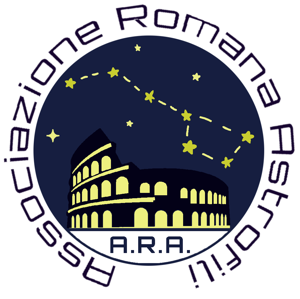Photometric type Ia supernova surveys in narrow band filters
We study the characteristics of a narrow band type Ia supernova survey
through simulations based on the upcoming Javalambre Physics of the
accelerating universe Astrophysical Survey (J-PAS). This unique survey
has the capabilities of obtaining distances, redshifts, and the SN type
from a single experiment thereby circumventing the challenges faced by
the resource-intensive spectroscopic follow-up observations. We analyse
the flux measurements signal-to-noise ratio and bias, the supernova
typing performance, the ability to recover light curve parameters given
by the SALT2 model, the photometric redshift precision from type Ia
supernova light curves and the effects of systematic errors on the data.
We show that such a survey is not only feasible but may yield large type
Ia supernova samples (up to 300 supernovae at $z<0.5$ per month of
search) with low core collapse contamination ($\sim 3$ per cent), good
precision on the SALT2 parameters (average $\sigma_{m_B}=0.063$,
$\sigma_{x_1}=0.47$ and $\sigma_c=0.040$) and on the distance modulus
(average $\sigma_{\mu}=0.17$, assuming an intrinsic scatter
$\sigma_{\mathrm{int}}=0.14$), with identified systematic uncertainties
$\sigma_{\mathrm{sys}}\lesssim 0.10 \sigma_{\mathrm{stat}}$. Moreover,
the filters are narrow enough to detect most spectral features and
obtain excellent photometric redshift precision of $\sigma_z=0.005$,
apart from $\sim$ 2 per cent of outliers. We also present a few
strategies for optimising the survey’s outcome. Together with the
detailed host galaxy information, narrow band surveys can be very
valuable for the study of supernova rates, spectral feature relations,
intrinsic colour variations and correlations between supernova and host
galaxy properties, all of which are important information for supernova
cosmological applications.
